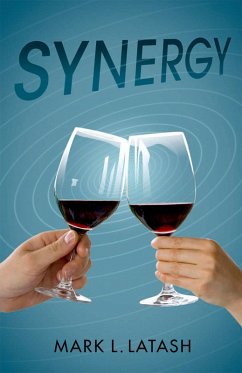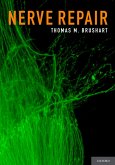Synergy discusses a general problem in biology: The lack of an adequate language for formulating biologically specific problems. Written for an inquisitive reader who is not necessarily a professional in the area of movement studies, this book describes the recent progress in the control and coordination of human movement. The book begins with a brief history of movement studies and reviews the current central controversies in the area of control of movements with an emphasis on the equilibrium-point hypothesis. An operational definition of synergy is introduced and a method of analysis of synergies is described based on the uncontrolled manifold hypothesis. Further this method is used to characterize synergies in a variety of tasks including such common motor tasks as standing, pointing, reaching, standing-up, and manipulation of hand-held objects. Applications of this method to movements by persons with neurological disorders, persons with atypical development and healthy elderly persons are illustrated, as well as changes in motor synergies with practice. Possible neurophysiological mechanisms of synergies are also discussed with the focus on such conspicuous structures as the spinal cord, the cerebellum, the basal ganglia, and the cortex of the large hemispheres. A variety of models are discussed based on different computational and neurophysiological principles. Possible applications of the introduced definition of synergies to other areas such as perception and language are discussed.
Dieser Download kann aus rechtlichen Gründen nur mit Rechnungsadresse in A, B, BG, CY, CZ, D, DK, EW, E, FIN, F, GR, HR, H, IRL, I, LT, L, LR, M, NL, PL, P, R, S, SLO, SK ausgeliefert werden.









